In professional oral care manufacturing, preventing enamel scratching during device use is a critical design and quality concern. Increasing evidence shows that tooth porosity—whether natural or treatment-induced—can significantly elevate the risk of enamel abrasion when using mechanical cleaning devices like sonic toothbrushes or whitening applicators. But once enamel is scratched, is the damage truly irreversible? Understanding the interaction between tooth porosity and surface wear helps manufacturers design safer, more consumer-trusted products.
Tooth porosity refers to microscopic pores or structural irregularities in enamel, resulting from:
Porous enamel lacks the uniform hardness of healthy enamel. This makes it more prone to enamel scratching during mechanical brushing, especially with stiff bristles or aggressive polishing heads.
Scratching doesn’t mean deep cuts—it refers to microabrasions at the enamel surface level:
These scratches compromise enamel’s natural smoothness and reflective properties, eventually making teeth appear darker or rough. Company web:https://www.powsmart.com/product/electric-toothbrush/
Unlike soft tissue injuries, enamel scratching cannot self-repair:
Thus, once significant enamel scratching has occurred, the damage is functionally irreversible—making prevention the only real solution.
Manufacturers can protect against enamel scratching, even on porous teeth, through:
These measures help minimize mechanical aggression on enamel, addressing varying tooth porosity across different users.
Effective product validation requires:
By testing devices under varied porosity conditions, manufacturers can proactively mitigate scratching risks before market release.
By addressing enamel scratching risk upfront, brands can:
In sensitive oral care markets, safety-driven design is no longer optional—it’s a competitive differentiator.
So, is enamel scratching from tooth porosity irreversible? In most cases, yes. This makes preventive design and testing critical for manufacturers of oral care devices. By understanding how porosity amplifies abrasion risks and applying targeted design protections, OEM and ODM suppliers can deliver devices that safeguard both aesthetics and long-term dental health. Contact us
.jpg)
.jpg)
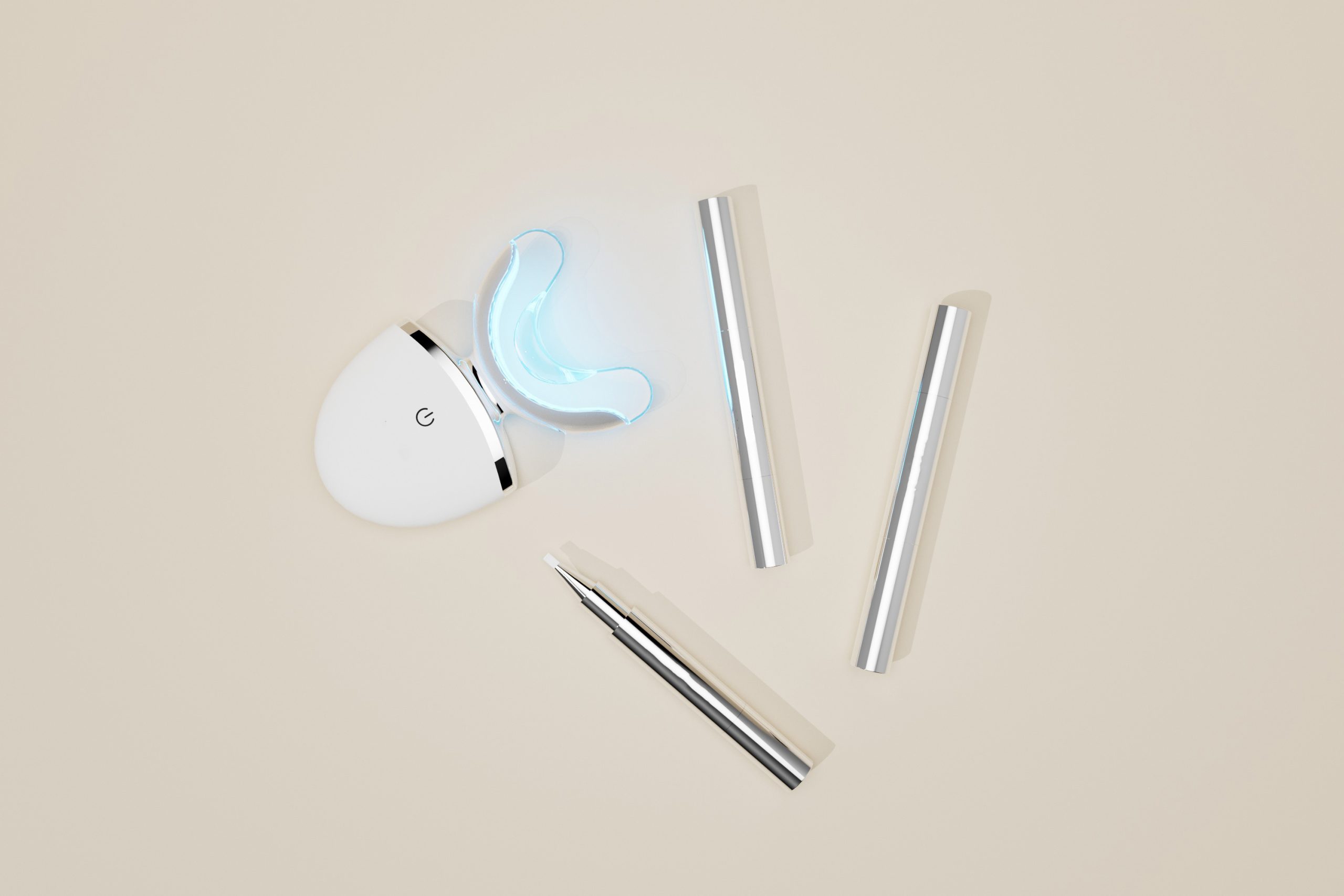
Discover the Latest Wonders of Teeth Whitening Kit

Forecast of the Teeth Whitening Device Industry in the Next 5 Years: Changes in Technology, Policies, and Consumption Scenarios
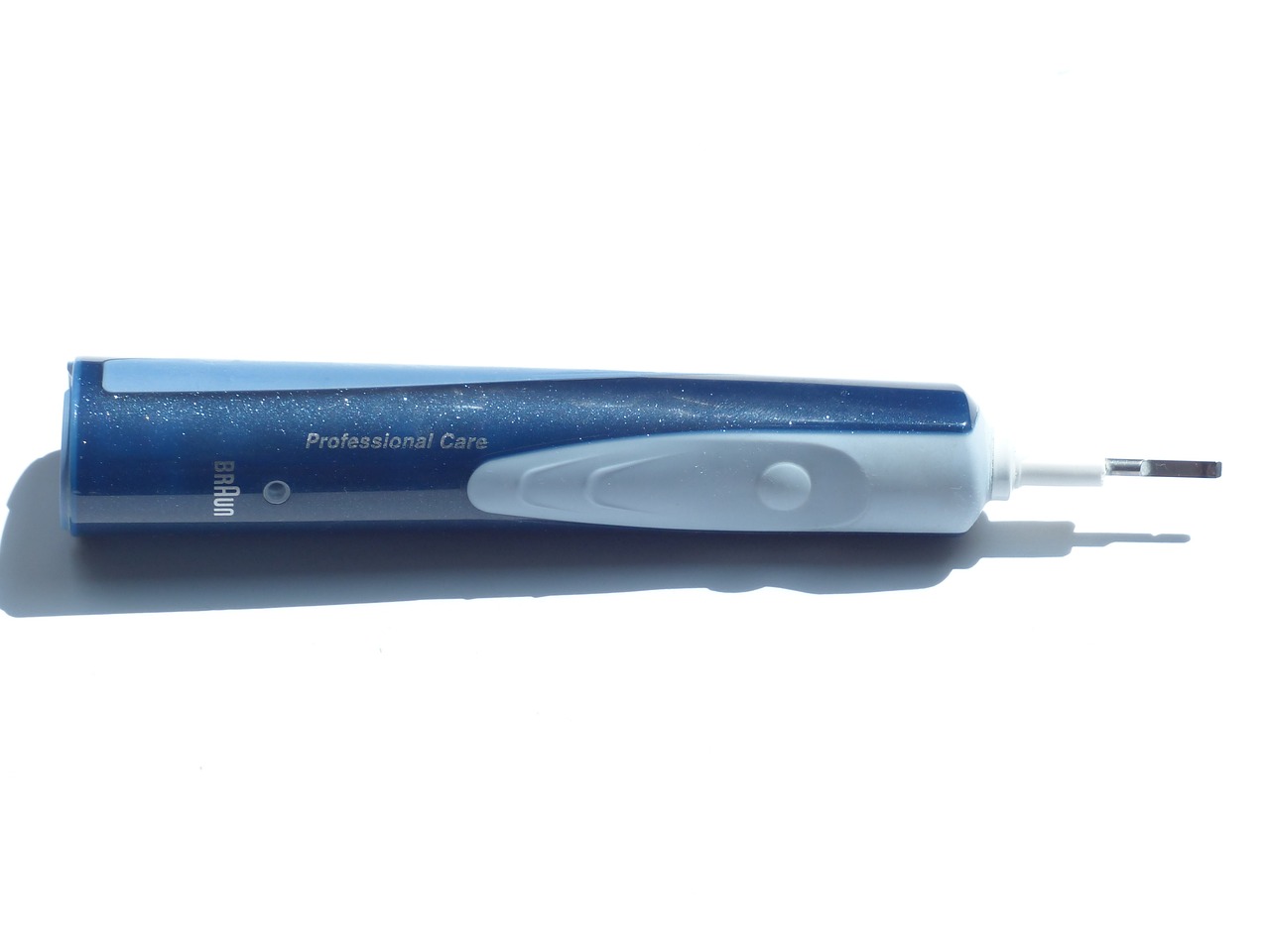
7 Reasons to Start Your Electric Toothbrush Business in 2023
Tray Deformation Causing Occlusal Discomfort – Fixable?
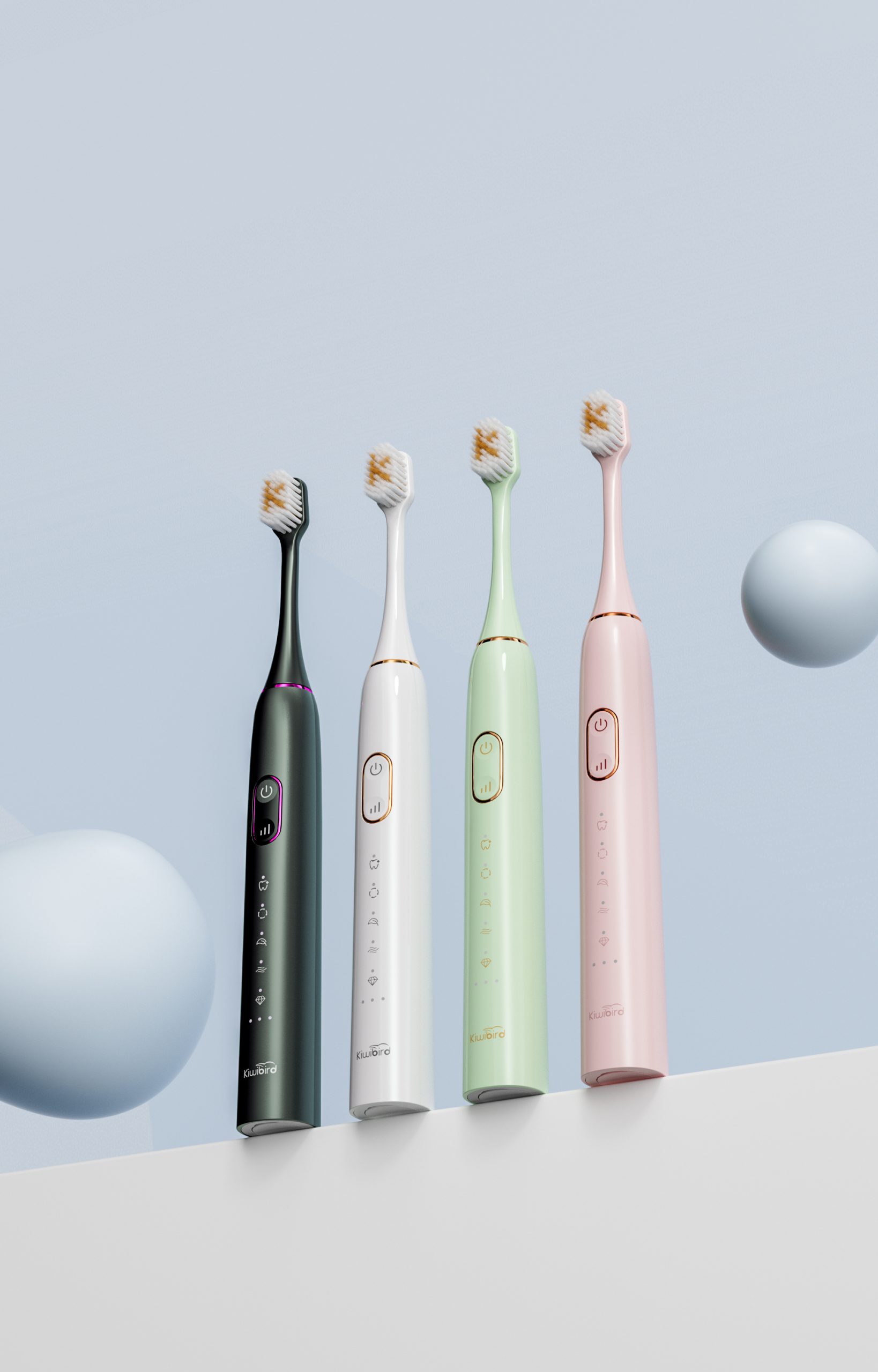
What’s Driving the Oral Care Category Now?

Space-Saving Oral Care: Compact Electric Toothbrush Designs
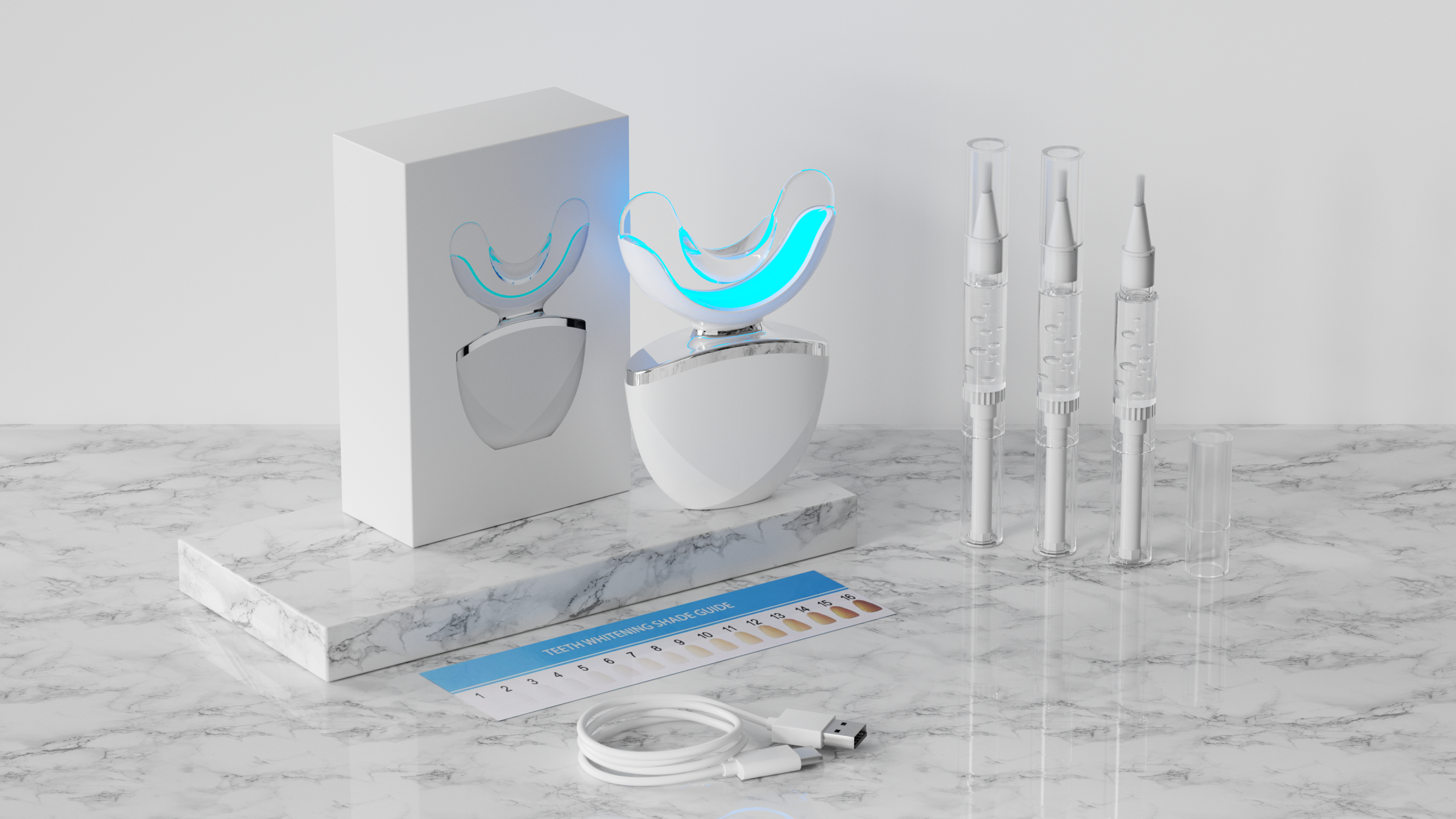
The Main Factors Contributing to the Rising Popularity of Household Teeth Whitening Products
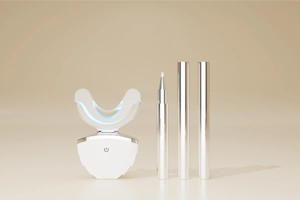
Dentistry Instrument Factory Market Trends and Customized Production Solutions
Enamel Transparency Plus Taste Loss – Permanent Damage?
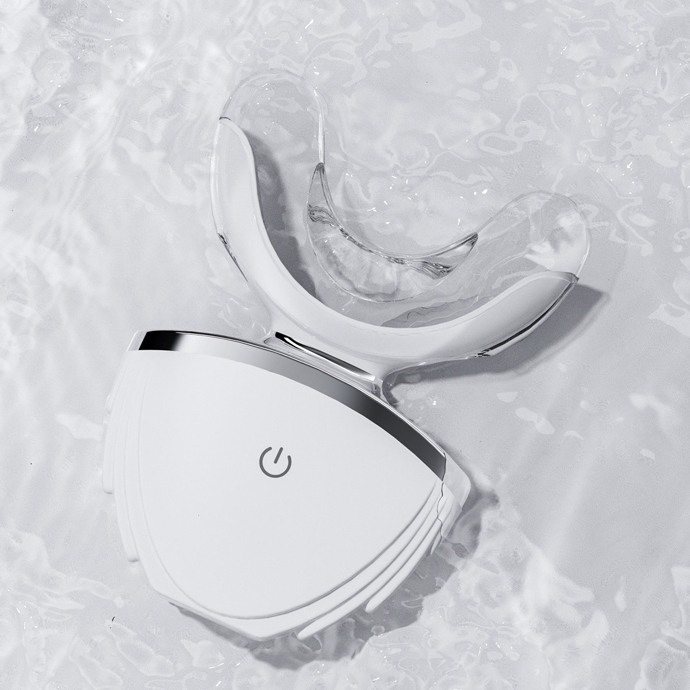
Can Old Yellow Teeth Be Whitened? Effective Solutions from the Manufacturer

The Pros and Cons of Teeth Whitening: Is It a Good Idea?
-2-scaled.png)
Clinical Validation of Modern Teeth Whitening Technologies: A Guide for Oral Care Product Brands

Can Teeth Whitening Gel Be Used Alone to Whiten Teeth?

Application of Phototherapy Technology in Teeth Whitening and Oral Care

Why Teeth Whitening Certification Matters?
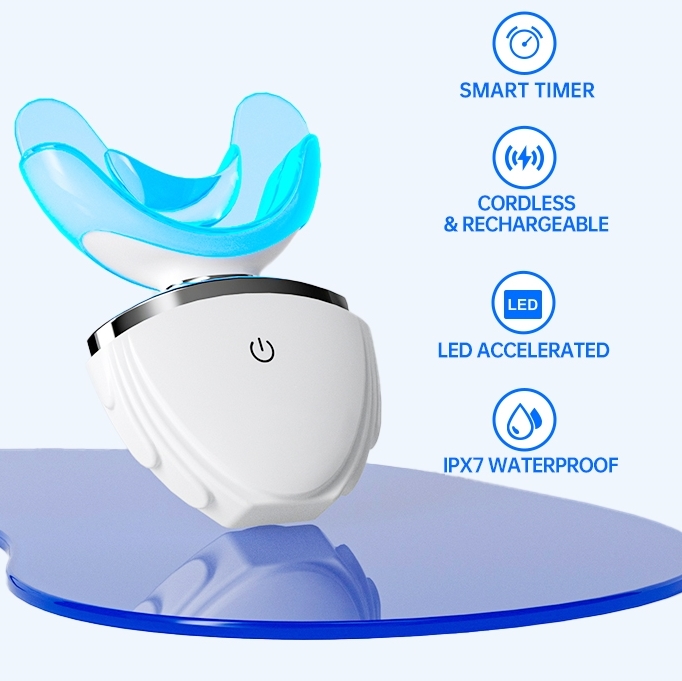
3 Potentially Dangerous Design Flaws in Home Whitening Kits: How to Identify Unsafe Whitening Devices Before Purchase

electric toothbrush heads Charcoal Infuse-Round

electric toothbrush heads Regular Clean

Customization Teeth Whitening Gel

electric toothbrush heads Deep Clean

electric toothbrush heads Ultra Soft
.jpg)
Florida Electric Toothbrush – Powsmart PTR-C8

Electric toothbrush heads Charcoal Infused-Diamond

Private Label Whitening Gel
whstapp
whstapp
National Toll-Free Service Hotline
+86 755 86238638